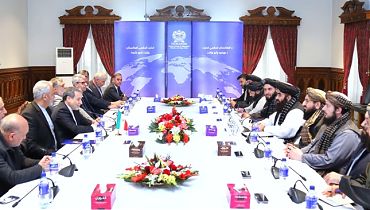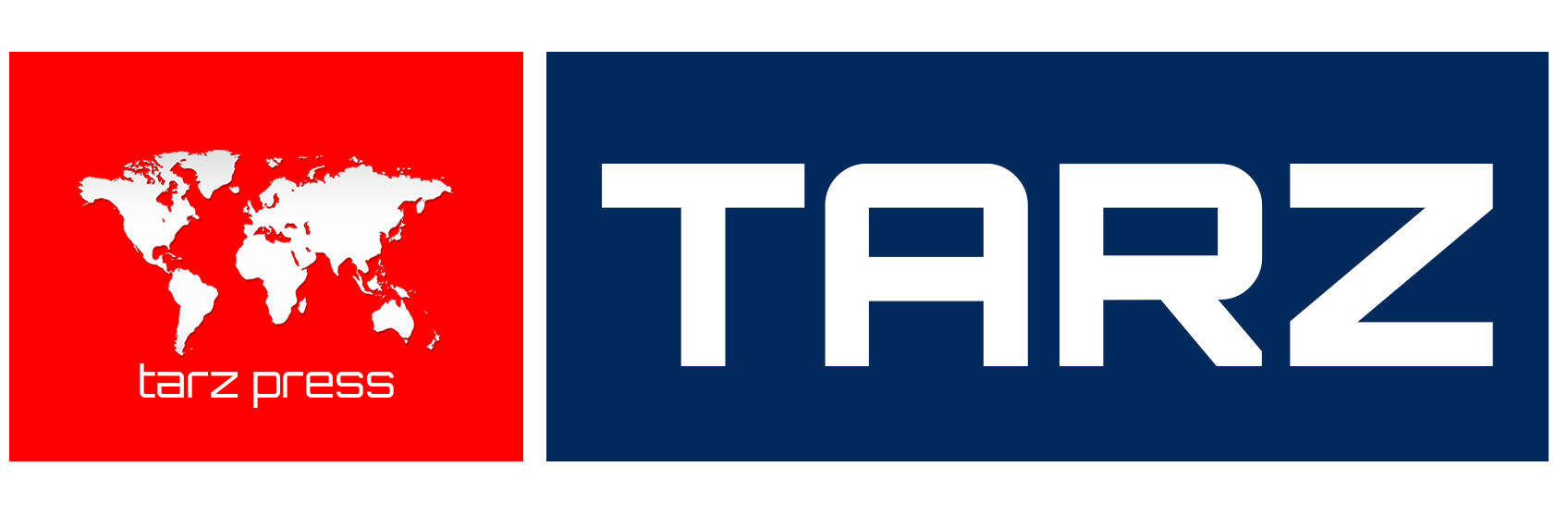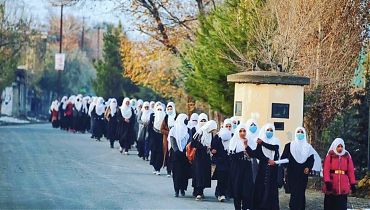
Seyed Abbas Araghchi, Iran’s Foreign Minister, has embarked on his first official visit to Kabul, a trip that could significantly influence the political and economic ties between Iran and Afghanistan. With over 1,000 kilometers of shared border and deep historical, cultural, and trade interactions, the two nations face both challenges and opportunities that necessitate careful planning for the future of their relationship.
Afghanistan Post-2021: Turmoil and Complexities
Since the Taliban took power in 2021, Afghanistan has experienced a turbulent period. In 2024, the country faced escalating security threats, particularly from groups like ISIS. Meanwhile, the Taliban continued their efforts to gain international recognition. The limited acceptance of Taliban-appointed ambassadors by some countries highlights this ongoing endeavor. However, border tensions with Pakistan and terrorist attacks targeting senior Taliban officials have further complicated Afghanistan’s internal environment.
Economic Relations: A Path to Stability and Growth
While Afghanistan grapples with political and security challenges, its economic relationship with Iran remains a crucial area of engagement. Iran has established the Dogharoun border as a special economic zone, providing new opportunities for trade and the development of border infrastructure.
The Chabahar Port, a critical regional trade route, has played a key role in facilitating commerce between the two countries. This port offers Afghanistan access to open waters, raising hopes for increased commercial exchanges.
Trade Growth: Economic Opportunities Between the Two Nations
Recent statistics indicate that trade between Iran and Afghanistan reached over $3 billion last year, marking an 84% increase compared to 2023. This growth underscores the economic importance of their bilateral relations. Key traded items include petroleum products, food supplies, construction materials, and agricultural goods.
Additionally, the completion of the Khaf-Herat railway project, connecting Afghanistan’s rail network to Iran, has not only improved Afghan traders’ access to global markets but also enabled the export of Afghan goods to Turkey and Europe.
The Water Rights Dispute: A Critical Issue
The issue of Iran’s water rights from the Helmand River remains a major point of contention in Tehran-Kabul relations. Iran has repeatedly called on Afghanistan’s interim government to honor its commitments under the Helmand River Treaty. However, dam construction and delays in fulfilling these obligations have turned this issue into a geopolitical tool that extends beyond a mere water-sharing dispute.
Araghchi’s Role in Afghanistan Policy
During his first visit to Kabul, Abbas Araghchi aimed not only to expand economic cooperation but also to address security and border issues between the two countries. Iran’s active involvement in regional matters, exemplified by hosting a ministerial meeting with Russia, China, and Pakistan on Afghanistan at the UN General Assembly sidelines, highlights Tehran’s influential role in shaping regional dynamics.
The Future Outlook for Iran-Afghanistan Relations
Despite the challenges, there are ample opportunities to enhance cooperation between Iran and Afghanistan. Plans to increase bilateral trade volume to $5 billion within the next two years and the development of infrastructure, such as railway lines and free trade zones, offer a pathway for strengthening regional stability and growth.
Araghchi’s visit to Kabul comes at a critical juncture for Iran-Afghanistan relations. Beyond fostering bilateral cooperation, this trip seeks to leverage shared capacities to address security and economic challenges. With a balanced and mutually respectful approach, Iran and Afghanistan can chart a new course to deepen their relationship and advance mutual interests.




